Profiling Ugandan Coffee #1
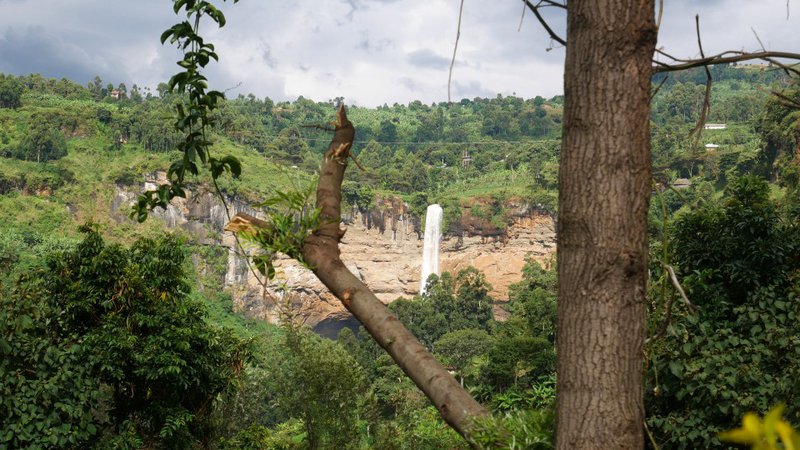
Sipi arabica coffee - Mount Elgon
Did I tell you how amazed I was by the quality of the coffee in Uganda?
To be honest, from our first steps in the surrounding of Mount Elgon, we have never stopped to be surprised. Uganda is one of the top 10 of the producing countries and yet... it is still very unknown by the specialty community.
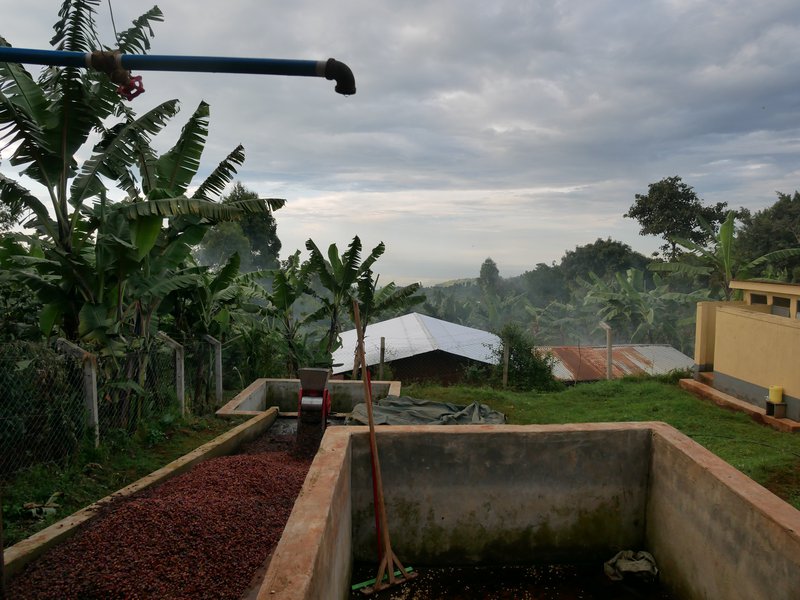
Personally I knew this country as the birthplace of robusta coffee and I had heard somehow that there were also a lower but qualitative production of arabica in the Eastern and Western regions.
I never expected to find what I am about to tell you about...
I will start with the arabica coffee from Sipi, district of Kapchorwa, Mount Elgon region.
This part of the country has a long tradition of arabica coffee producing, coming from Kenya with mainly SL varieties. In this high altitude, coffee trees are not suffering too much of diseases and parasites. Big multinationals have already felt the potential productive capacity of the area. There are coffee trees everywhere, even if it has been given up for other cash crops in some lands. So here and there we can see the signs indication that the big companies are well settled there with probably little focus on quality and training of the farmers.
However, even in this traditionnal commodity landscape, we could find some irreductible coffee enthusiasts willing to follow another model and to reach another market.
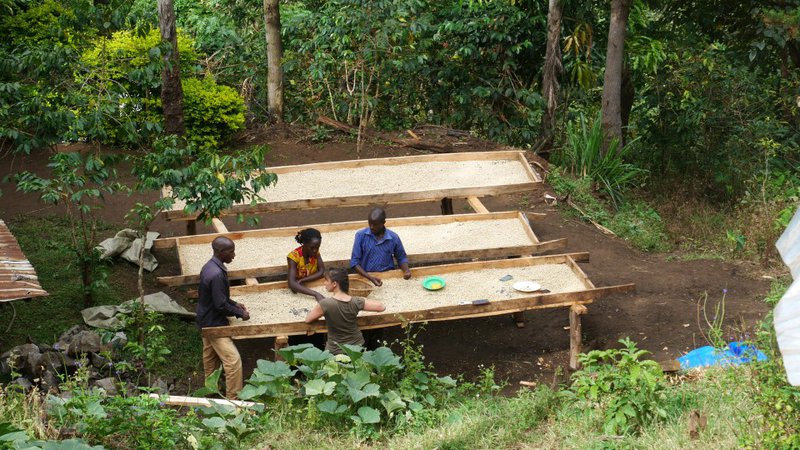
We had the chance to stay in the home of Joel Kaburu who has grown up into coffee lands but become passionate about it a couple of years ago, after working many years as a coffee guide in the area.
Joel has garden coffee, with only a few trees on his own land.
he's interested and willing to learn about the whole coffee chain, from producing through roasting to cupping.
But what he really likes, is working on the coffee process as he quickly realized that this was the key to achieve quality and influence the final cup.
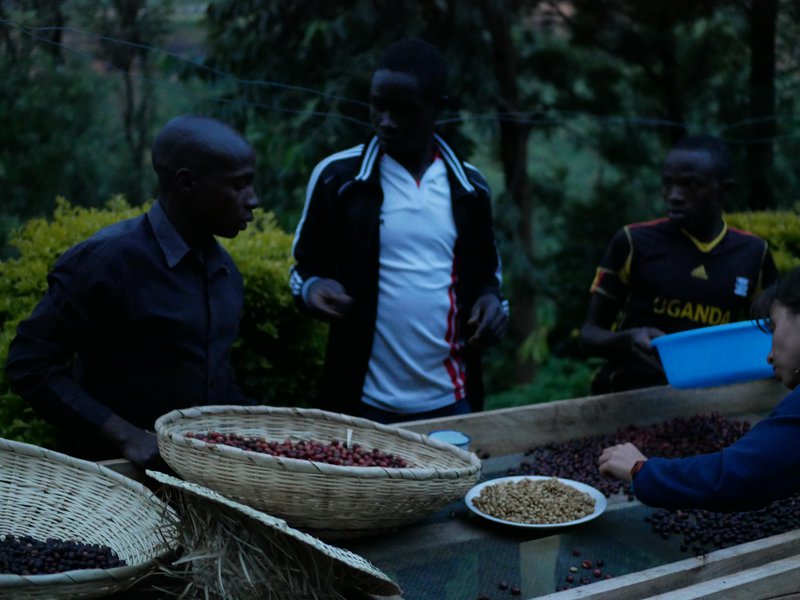
He's a coffee profiler. He buys coffee cherries from the area and makes experimentations of washed, white honey, red honey and natural coffee. And here again, every step of the process is controlled.
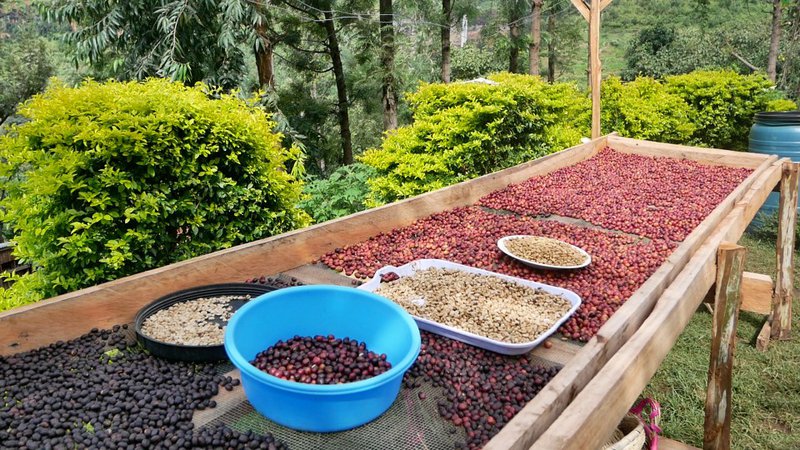
He takes care first of making a strict selection of red cherries which is not the easiest part (cf. article Looking for the red cherry), taking out the floaters in water before processing the coffee.
For washed coffee, the beans are put to ferment into a bag right after the pulping until the whole mucilage is removed. Then it's washed, put into african beds to dry and sort every day to remove the defectuous beans.
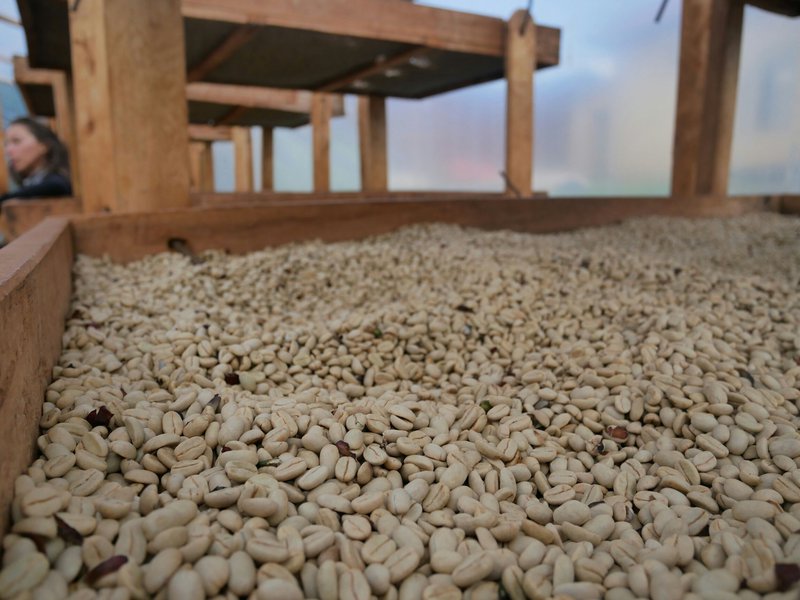
For honey process, the control is even higher. Beans full of mucilage are frequently removed. Because all this pulp, all these natural sugars left around the bean create a higher risk of bad or over-fermentation. I was really impressed by the lactic fragrances that I could perceive from this honey process preparation... Like a sweet strawberry cheesecake.
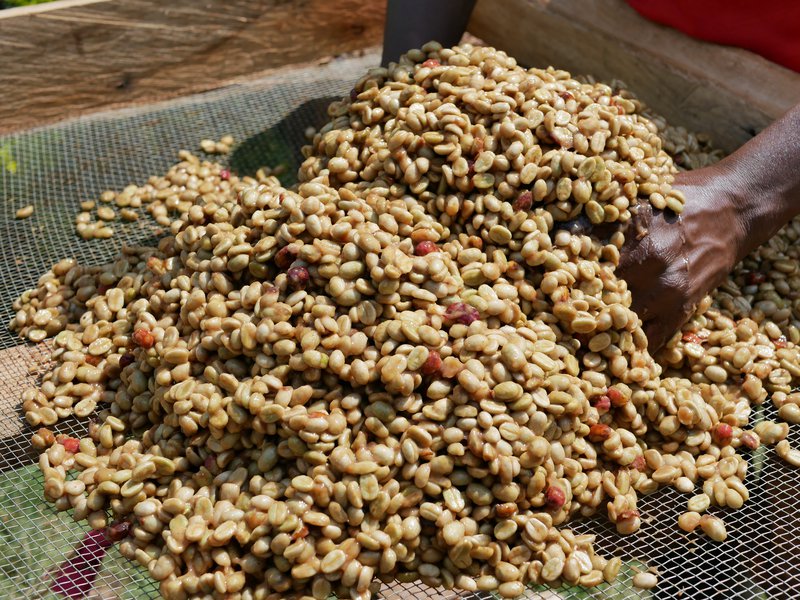
And so what does it give in the cup? A clean and very sweet coffee, creamy body, balanced with very delicate but slight acidities. A coffee that I wish I would have had the chance to try in espresso and capuccino.
I didn't have the chance to cup the sundried coffee as it was still under process when we left. But I can only imagine the potential as we were minutiously sorting out the cherries during the drying process.
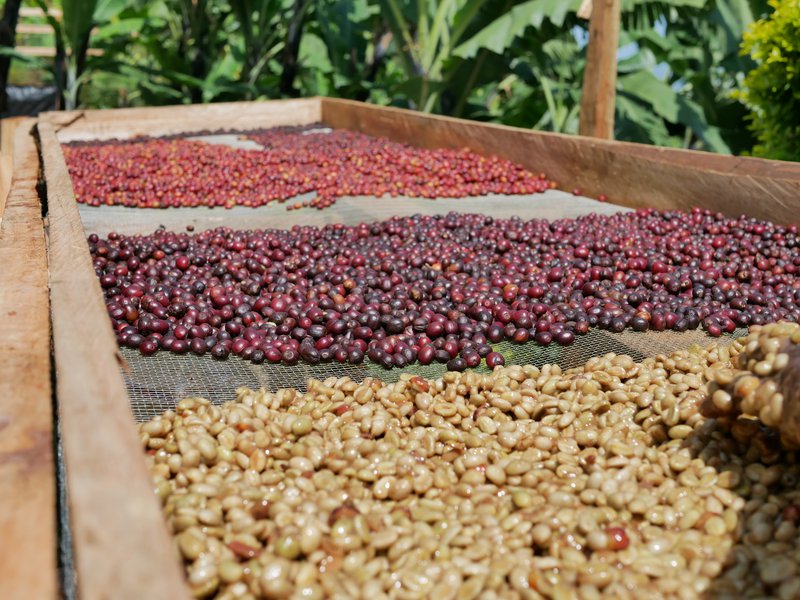
So this was the coffee we had the chance to taste during the 4 days we've spent in Joel's farm. Too small still to reach directly the international market, but with a great potential and a focus on quality that could interest the specialty coffee community in the upcoming years.

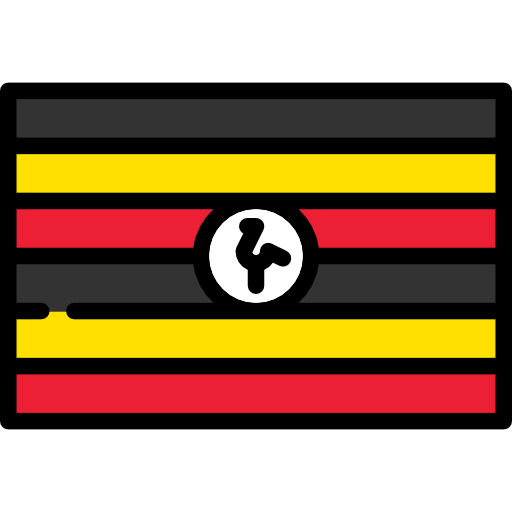 Uganda
Uganda Colombia
Colombia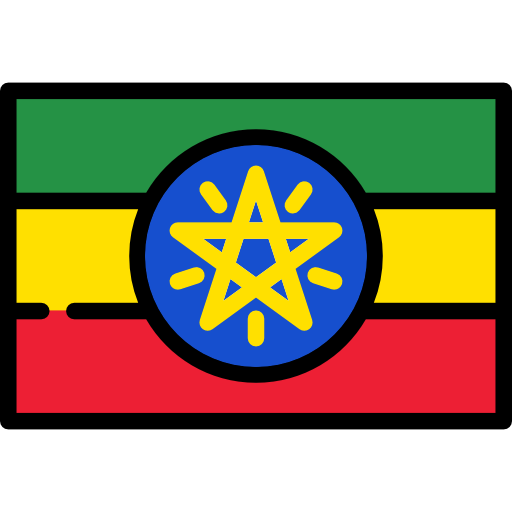 Ethiopia
Ethiopia Guatemala
Guatemala Indonesia
Indonesia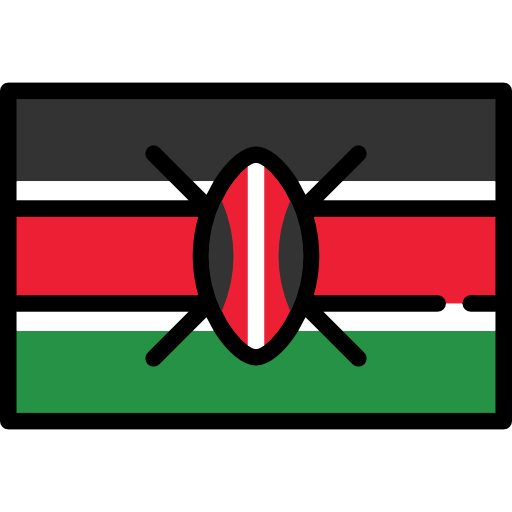 Kenya
Kenya Mexico
Mexico Philippines
Philippines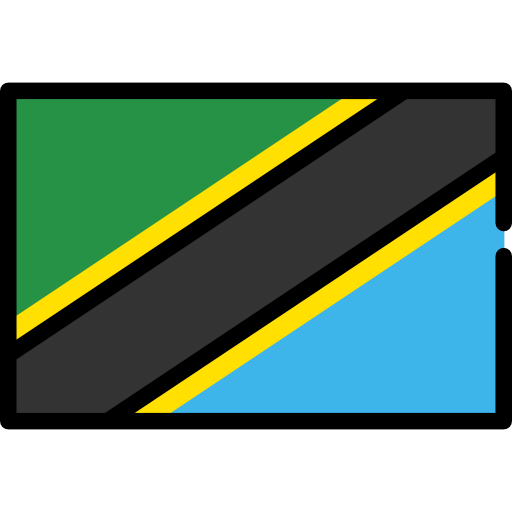 Tanzania
Tanzania